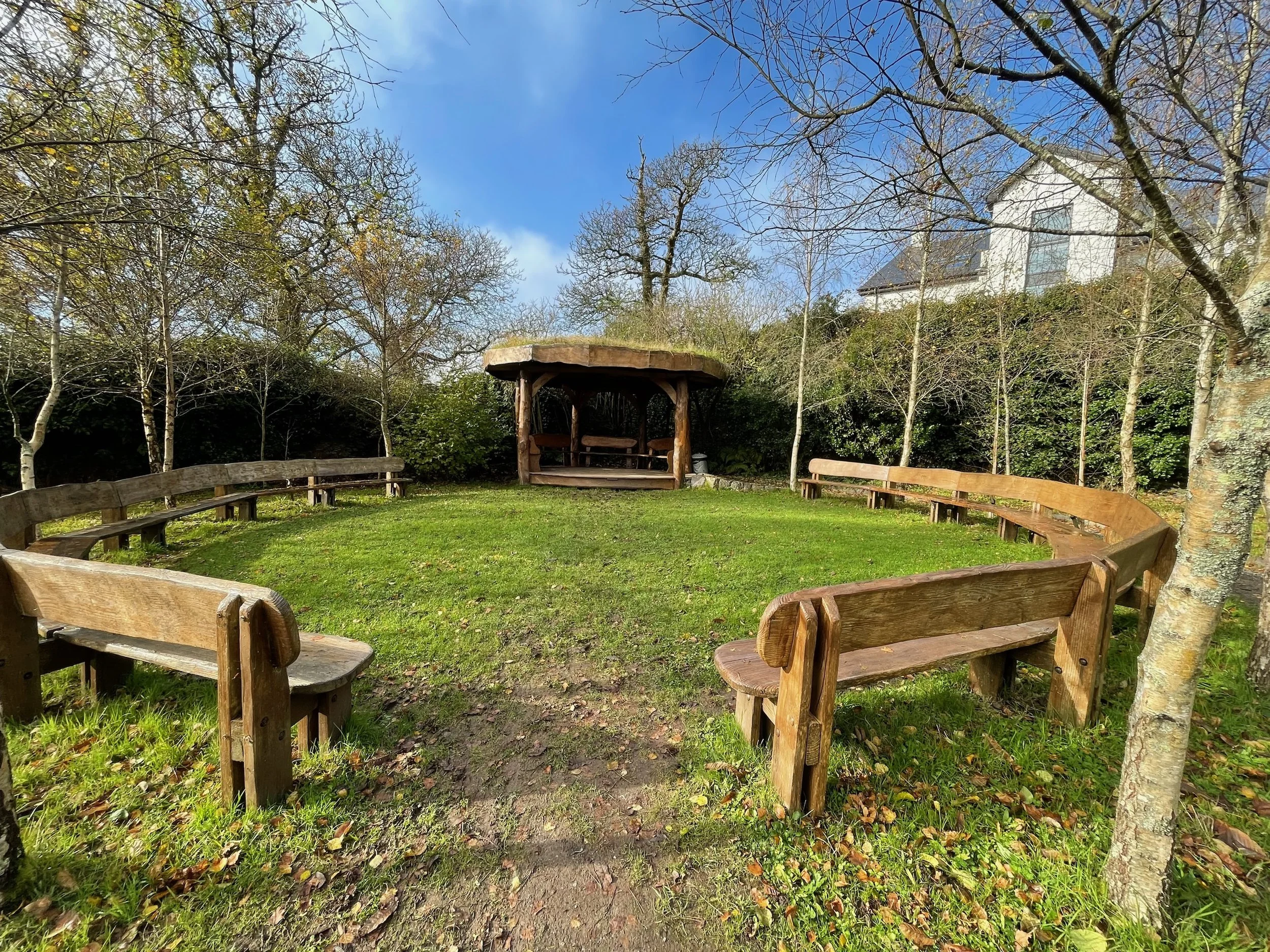The circle as a way of gathering is as ancient as humankind and cannot be branded or owned by anyone. We are simply remembering and reclaiming what all our ancestors knew how to do centuries before us.
The circle practice that grew to be known as The Circle Way is a small part of the ancient story of circle and humankind co-arising around the world. Circle can be described as “remembering” something deep in our bones, in our DNA. Campfire rings in Africa and the Nile Delta date back over 100,000 years. Evidence of these long-cooled ashes of culture-building councils, along with examples on other continents such as the circles of stone chairs in historical Slovenian villages, give us a glimpse into circle as a common ancestral source.
And it is important to acknowledge that many Indigenous and African cultures, despite constant abuse under dominant hierarchy and genocide through imperialism and settler colonization, have preserved access and memory to their traditional ways that include many circle-based ceremonies and ways of living and being. While the impacts of colonization and loss of culture continue today, Indigenous cultural practices that have persisted and were hidden are becoming acknowledged and amplified. Awareness of this history and context asks those of us who carry on the principles and practices of The Circle Way to do so humbly and respectfully.
Lineage of The Circle Way
The circle practice known as The Circle Way comes from the work and writing of Ann Linnea and Christina Baldwin (Whidbey Island, Washington, USA).
Ann and Christina began teaching together in 1993, offering weekend workshops to integrate reflective writing and environmental activism. They noticed how sitting in circles transformed these groups into participatory learners and leaders. Participants began asking them to articulate what they were doing as the quality of their experience was noticeable. So, before the Internet, Google, Wikipedia, and the online resources of today, Christina and Ann began to explore circle as more than a shape and to study it as an implicit social infrastructure.
They deliberately began looking into their own Celtic and Nordic lineages searching for pre-patriarchal ways of being. They studied prehistory goddess cultures and researched material available through work such as Riane Eisler’s The Chalice and the Blade, which explores pre-Roman European cultural influences. From this study, they came to regard the circle as a global enculturation to dialogue that shaped humanity at our roots. They didn’t draw from particular lineages from Indigenous peoples because they wanted to be careful to not appropriate those lineages. Mostly, they designed the agreements, principles and practices based on what made common sense and worked. As they founded PeerSpirit, and wrote Calling the Circle, The First and Future Culture and then later The Circle Way, A Leader in Every Chair, they intentionally worked to language the circle structure and practices in ways that could be accessible and adaptable in various communities and organizations that desired to meet in this way.




